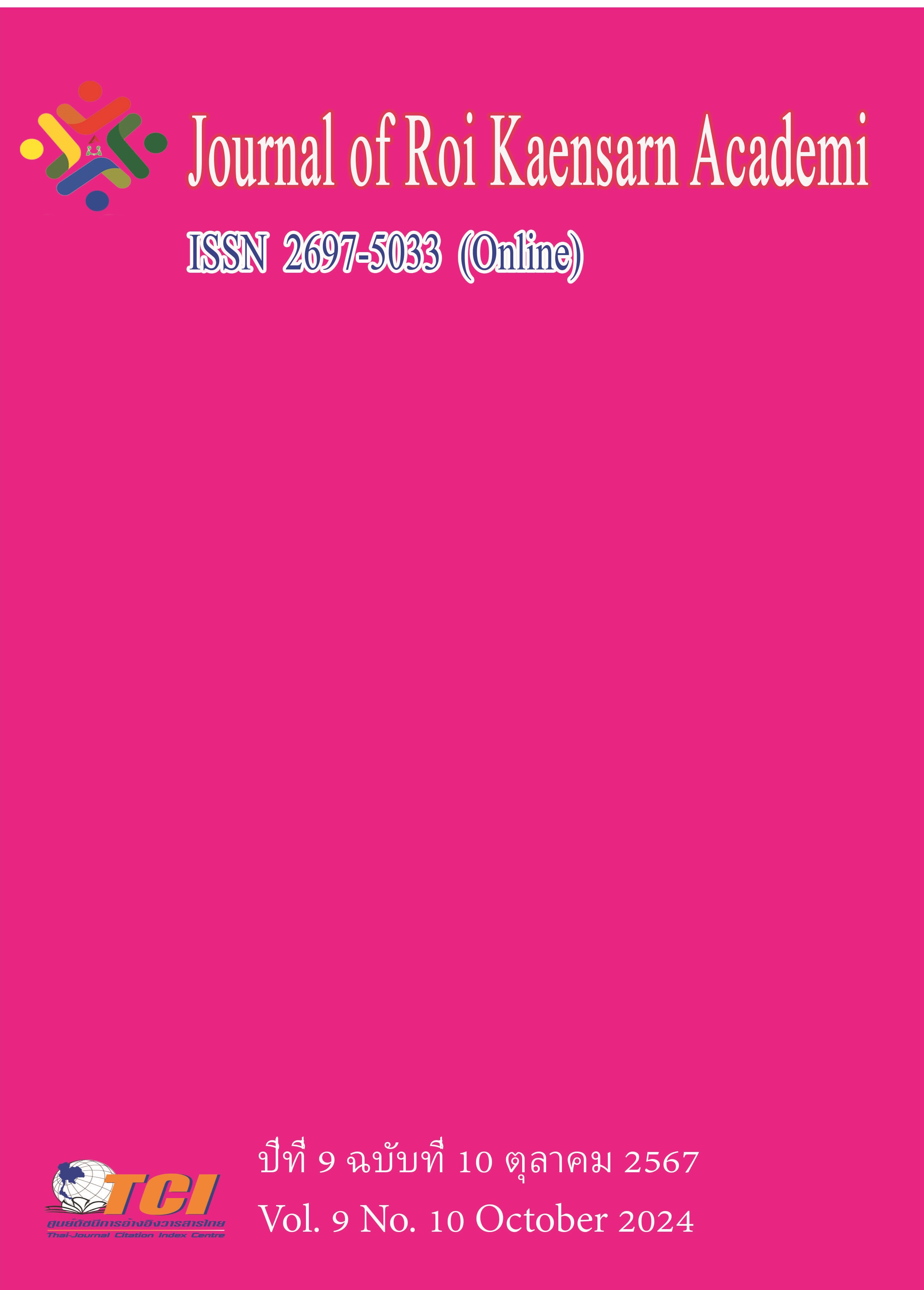The Moderation and Mediation Effects of Organizational Climate on the Relationship between Transformational Leadership and Teachers’ Commitment of Public Medical Colleges in Henan Province
Main Article Content
บทคัดย่อ
The objectives of this research were: (1) to develop the relationship model between transformational leadership and teachers’ commitment, (2) to study the effect of transformational leadership on teachers’ commitment, (3) to study the effect of transformational leadership on organizational climate, (4) To study the effect of organizational climate on teachers’ commitment, (5) to study the mediation effect of organizational climate on the relationship between transformational leadership and teachers’ commitment, and (6) To study the moderation effect of organizational climate on the relationship between transformational leadership and teachers’ commitment.
This study was used a cross sectional quantitative survey research design by using a 5-points rating scale questionnaire for data collection. Population frame in this study were 5,925 teachers who are teaching in medical colleges in Henan Province in academic year 2023. Sample were 444 teachers that were randomly selected from population by using the multistage random sampling method. Descriptive statistics and structural equation model (SEM) as well as a latent mediation and moderation effect analysis were employed for data analysis.
Research results revealed that: (1) the relationship model was consisted of 3 latent variables, transformational leadership as independent variable, teachers’ commitment as dependent variable, and organizational climate as moderator, and mediator, (2) transformational leadership had positive effect on teachers’ commitment, (3) transformational leadership had positive effect on organizational climate, (4) organizational climate had positive effect had on teachers’ commitment. (5) There was a mediation effect of organizational climate on the relationship between transformational leadership and teachers’ commitment. (6) There was a moderation effect of organizational climate on the relationship between transformational leadership and teachers’ commitment
Article Details
References
Ab Hamid, M. R.,et al. (2017). Discriminant validity assessment: Use of Fornell & Larcker criterion versus HTMT criterion. In Journal of physics: Conference series (Vol. 890, No. 1, p. 012163). IOP Publishing.
Brown, & Paul, G. (2015). Confirmatory Factor Analysis. New York: Red Wood.
Collier, J. . (2020). Applied structural equation modeling using AMOS: Basic to advanced techniques. . Routledge.
Educational Research Editorial Department. (2022). 2021 annual report on the frontiers and hot issues of educational research in China. Educational Research, 43 (2), 57-69. Educational Research, pp. 57-69.
Fornell, C., & Larcker, D. F. . (1981). Evaluating structural equation models with unobservable variables and measurement error. . Journal of marketing research, pp. 39-50.
Glisson, C., & Durick, M. (1988). Predictors of job satisfaction and organizational commitment in human service organizations. Administrative science quarterly, pp. 61-81.
Hair, J. F., et al. (2019). When to use and how to report the results of PLS-SEM. . European business review, pp. 2-24.
Hu, L. T., & Bentler, P. M. (1999). Cutoff criteria for fit indexes in covariance structure analysis: Conventional criteria versus new alternatives. Structural equation modeling: a multidisciplinary journal, 6 (1), 1-55., 1-55.
Leithwood,K., & Jantzi,D. (2000). The effects of transformational leadership on organizational conditions and student engagement with school. Journal of educational administration, pp. 112-129.
Li Chaoping, & Shi Kan. (2005). The structure and measurement of transformational leadership. Acta Psychologica Sinica, pp. 803-811.
Ma Yunxian. (2005). Research on the relationship between organizational climate in universities and teachers' work performance. Master’s thesis.
Porter, L. W., et.al. (1974). Organizational commitment, job satisfaction, and turnover among psychiatric technicians. Journal of applied psychology, p. 603.
